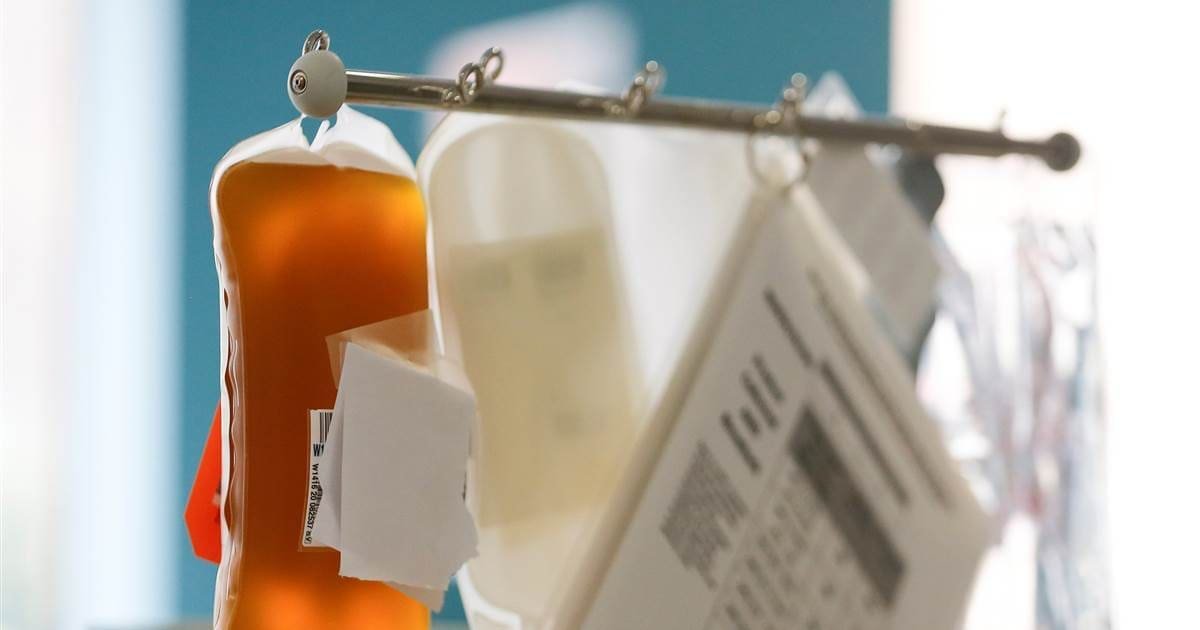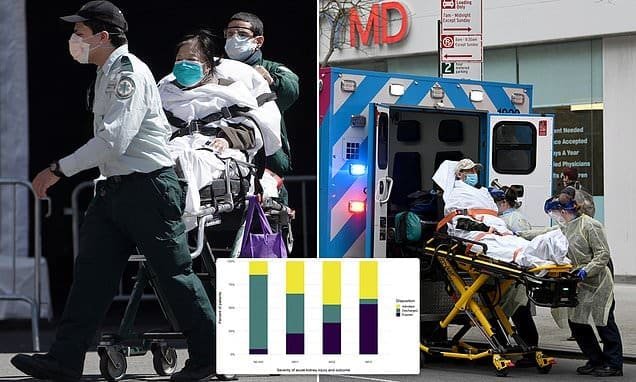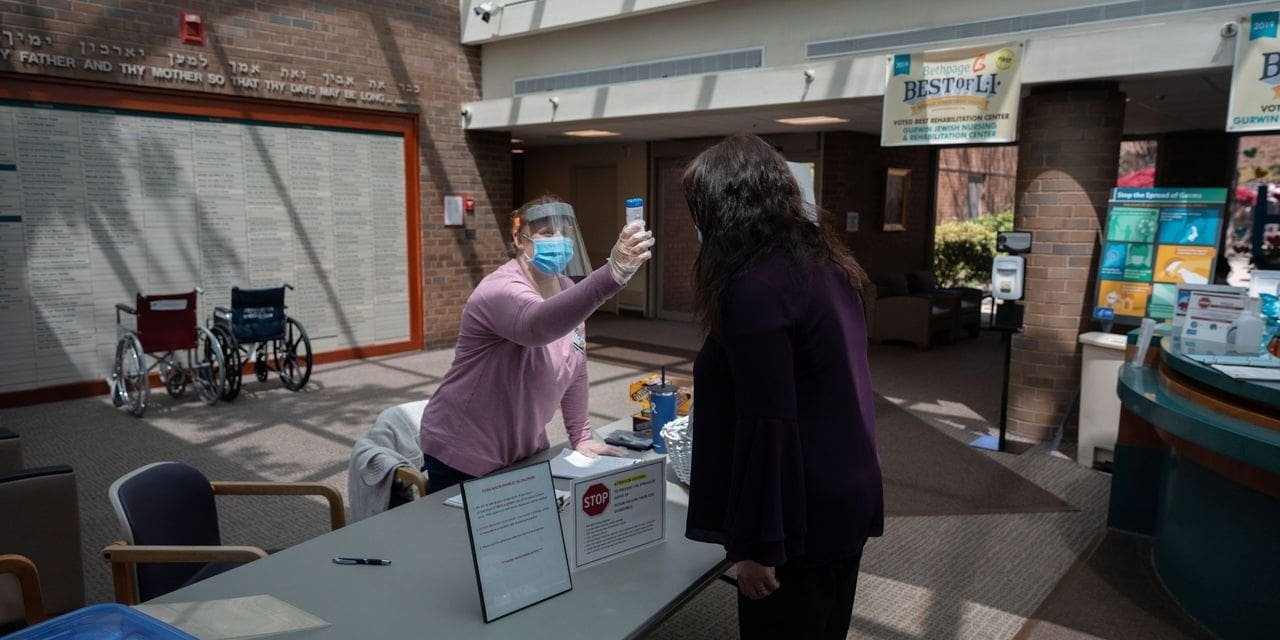Stats show men comprise majority of COVID-19-related deaths, hospitalizations
Elderly men with at least one underlying health issue are at the greatest risk for contracting COVID-19 in B.C., according to provincial statistics.
Provincial Health Officer Dr. Bonnie Henry has detailed some of the data showing how the virus has affected the population in this province.
The majority of people who have tested positive for COVID-19 are between the ages of 30 and 60, with a higher number of cases among women than men. However, there is a shift when it comes to the the number of people hospitalized with COVID-19, with men ages 70 and older making up the majority, she said.
Men over the age of 70 were the most over-represented group in hospital, with 60 per cent of COVID-19-diagnosed men between 70 and 79 admitted, 51 per cent of diagnosed men between 80 and 89 admitted and 54 per cent of all diagnosed men over 90 admitted.
Most people admitted to intensive-care units have been in their 60s and 70s, with more men than women requiring that critical care.
The stats show 32 per cent of diagnosed men in their 70s were admitted to ICU, compared to just 19 per cent of women in that age range.
The majority of people in B.C. who have died from COVID-19 are older than 70, with 50 per cent of men over the age of 90 with the virus having passed away, compared to just 21 per cent of women in that age group. Thirty-seven per cent of men ages 80 to 89 with the virus have died, compared to 20 per cent of women in their 80s.
As of April 30, there were 1,373 confirmed COVID-19 cases in B.C. that were reported to have additional risk factors — being over 50 years old, having at least one other chronic health condition and/or being male.
Henry said 80 per cent of people admitted to hospital and 97 per cent of those who died were over age 50.
She said 44 per cent of all COVID-19 cases were men, while two-thirds of hospitalized cases were among men and more than 70 per cent of deaths were among men.
About 38 per cent of all COVID-19 cases involved people with at least one other chronic condition, such as diabetes, lung or heart disease. About two-thirds of people who ended up in hospital and more than 80 per cent of those who died had at least one other health condition, Henry said.
She said it’s not clear why men make up the majority of COVID-19 hospitalizations and deaths, but noted it’s a phenomenon occurring across the world.
There have been 199 people with COVID-19 admitted to critical care and 14 per cent (28 people) have died in hospital. The number of people discharged from hospital is 55 per cent (110 cases) and the majority of ICU visits have been in the Fraser Health and Vancouver Coastal health regions.
Health-care workers make up 21 per cent (428 cases) of all reported COVID-19 infections since April 28. In total, 364 (85 per cent) have recovered, one person has died, 33 (eight per cent) were hospitalized and 13 (three per cent) had a stint in the ICU.
Looking at the epidemic curve, most cases of COVID-19 in B.C. have been contracted through community transmission either from an unknown source or a known outbreak.
“That is what we’re watching very carefully in the coming weeks and months,” Henry said.
Cases skyrocketed in mid-March, but have been on the decline since physical-distancing measures were brought into force.
B.C. has a rate of confirmed cases per million population below 500, which is comparable to countries such as New Zealand, Australia and South Korea. It’s far below the rest of Canada, Spain, Italy and the United States, which are at or above 1,500 confirmed cases per million population.
Henry said B.C.’s physical-distancing measures — people working from and being educated at home — has British Columbians engaging in about 30 per cent of their usual social interactions.
Doubling the amount of contact to 60 per cent — peeling back distancing to 40 per cent — would result in a slight increase in cases, but they would be manageable, according to Henry.
However, allowing 80 per cent of contacts with just 20 per cent of distancing requirements would see a new virus wave rise.
“We must find that right balance to protect lives by suppressing transmission to the lowest rate possible,” Henry said, adding she believes B.C. is at the end of the beginning of the pandemic.





Recent Comments